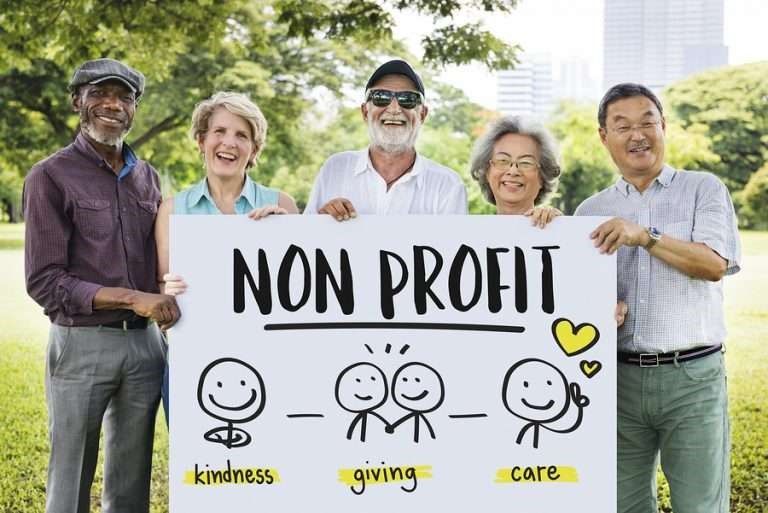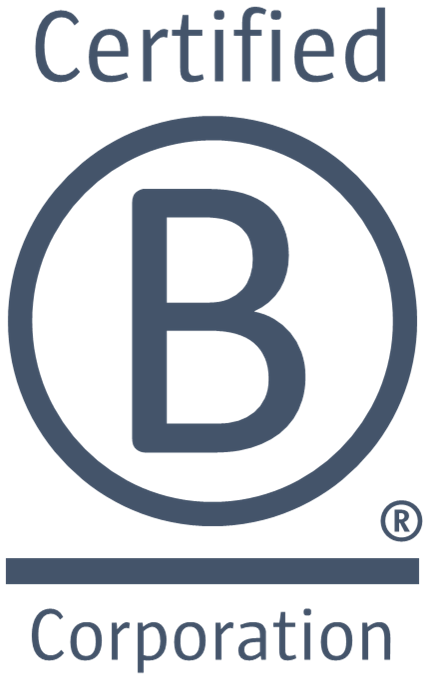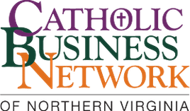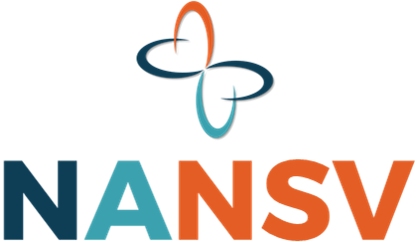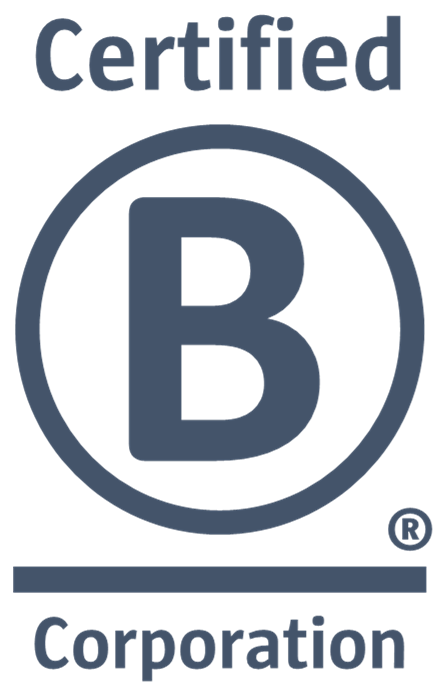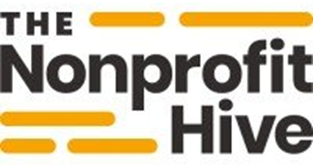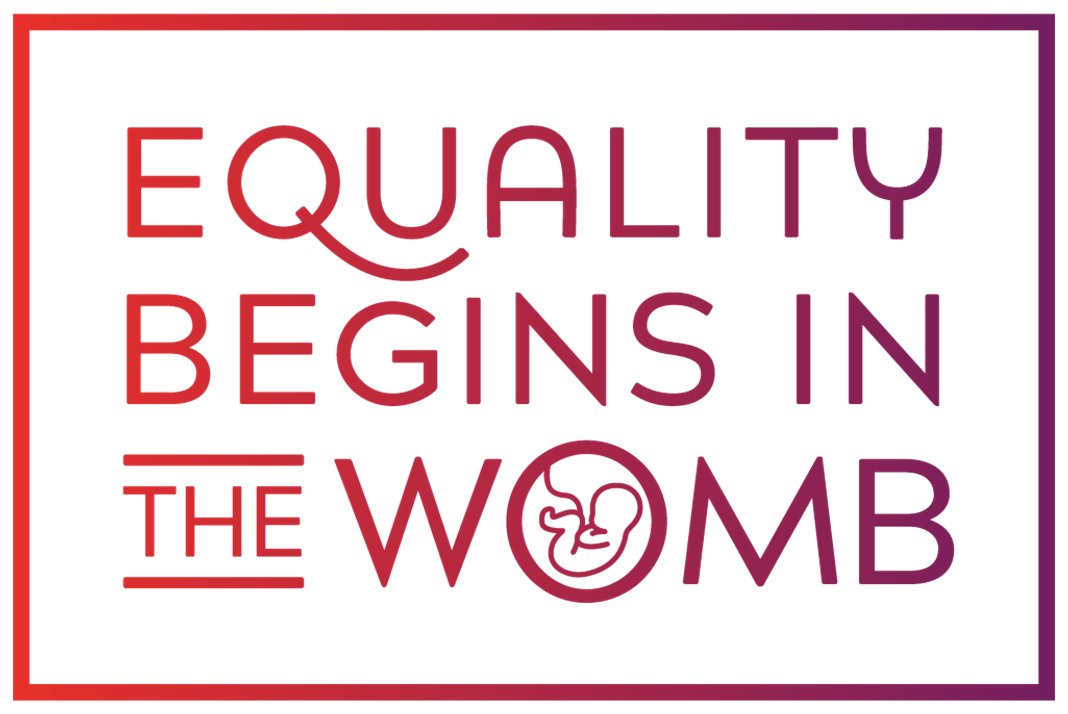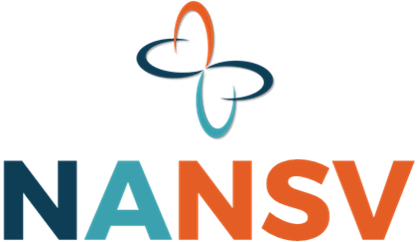In our
last post,
we explained why Relationship Marketing (RM) is essential to drawing new non-profit clients, including those who are under-served and/or hard to reach. Although it’s very effective, RM isn’t just about donors. It can also be applied to accomplish more mission-oriented goals, ultimately increasing the impact non-profits have on their communities. At its core, RM is about learning about audiences, personalizing outreach, and tailoring the client experience (CX) to key segments to inform, influence, and deliver what people need and want
Our experiences with non-profits shows they’re often missing large swaths of their eligible populations. While they make significant impacts on the lives of those they’re helping, there are so many more who can benefit from but aren’t using them. We’ve routinely seen non-profits serving as little as ten percent of the people who could and should be taking advantage of their services .The “missing” can comprise thousands of uncaptured potential clients, so there is plenty of demand. Opportunities to make even greater impacts are significant.
What’s causes these “gaps?” There are many reasons. For a lot of non-profits, people who could really use the help they’re not coming to get
may, for example:
- Be unaware of what’s available and the organizations that provide it
- Have difficulties accessing them, for a variety of reasons
- Feel insecure about approaching and engaging with providers
- Are influenced by cultural norms that are resistant to institutional help
These are just some limiting factors, and the details are unique to different groups in a larger community. Overcoming them takes an understanding of group barriers and tailored responses.
Influencing their behaviors is a process that runs from initial contact to the environment and quality of service delivery (and post-delivery engagement). Getting it right is critical, as perceptions are shaped by every interaction. Experiences along the way dictate whether messages reach the target audiences, what they hear, how they react, and what they do after they receive services. With RM, non-profits have a lot of control throughout these journeys and can significantly affect behaviors with effective strategies and tactics.
How to Use RM to Bring People In
2. Segmenting—Defining key groups is foundational to RM, providing the ability to tailor marketing approaches. Unless non-profits only cater to particular demographics, eligible populations aren’t monolithic. Analysis of the information from research will enables marketers to find segments, based on factors such as race, ethnicity, age, sex, income levels, geography, etc. Correctly identified, segments should have common attributes, e.g., awareness, obstacles, information sources, media preferences, and who members trust.
3. Personifying—No, it’s not possible to have a coffee with every prospective client to explain why they should take advantage of a non-profit’s services. However, marketers can develop profiles of typical people in the key segments, putting faces, names, and stories to the data and bringing it to life. Personas help marketers remember they’re dealing with real people, and make it easier to understand when to communicate, what to say, and how to express messages. They also help organizations increase access and improve experiences.
4. Modeling—Non-profits need to guide people on their journeys from prospects to clients to advocates. Building and activating relationships is a process—sometimes an extended one. The task is to keep things going forward. Journey maps help visualize how individuals will typically progress, including their knowledge, emotions, behaviors, and “off ramps.” This enables organizations to build responsive marketing plans and proactively intervene at critical milestones to ensure people stay on the desired path.
5. Operationalizing—At this point, non-profits should be ready to create strategies and tactical plans contact, interest, and convert target audiences into clients. There will be things to do at each stage of their journeys, such as defining messages, determining the right media, and deciding on placements to lead people and overcome their barriers. With limited budgets, prioritizing groups will also be important, as organizations will likely need to make choices about where to focus available resources for the greatest impacts.
6. Implementing—This involves content creation, media development, distribution, etc. It’s also important to keep in mind that ultimately, it’s the entire experience that will determine if and how a person engages with a non-profit, e.g., seeking more information, coming for help, and giving positive testimony to peers. Marketing is key, but non-profits also have to deliver on their promises, from provider attitudes and privacy assurances to ease of use and program efficacy. It’s on organizations to back up marketing’s assertions.
7. Adapting—Lastly, non-profits have to monitor and adjust to the results of their efforts. The amount of data available today is staggering—there are no excuses for continuing approaches that aren’t working! Data analytics allows organizations to identify key points at which people aren’t following calls to action. Using the journey map can help pinpoint why, whether it’s the message, media, presentation, or some other issue. There’s often some trial and error—if something’s ineffective, it’s time to change content or tactics.
RM takes time and effort, but it’s well spent if you’re a non-profit seeking to increase your impact by helping more people in need. If you’re not employing it now, it’s quite likely more effective and efficient than what you’re currently doing. If you’ve read our last two posts and still aren’t quite convinced it works, though, you can read a real-life story about how a non-profit successfully employed RM to bring in people from groups that had been difficult to reach and persuade. Come back next week for our final on this topic next—we’ve got a great example!
What You Can Do Right Now










